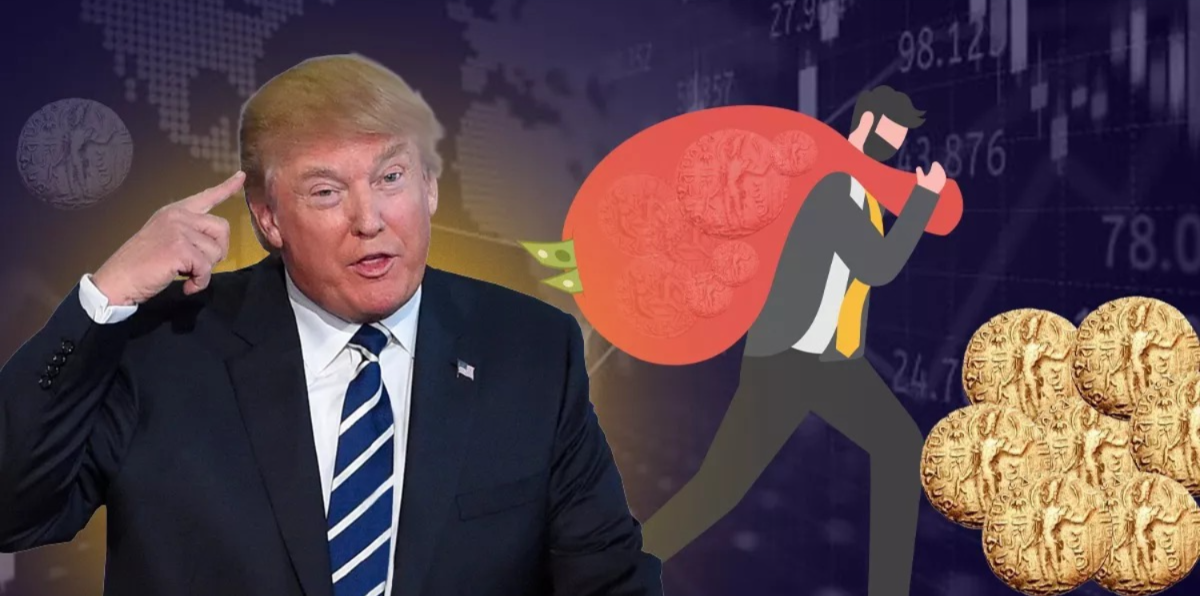
As soon as Donald Trump became the President again, the discussion on tariff restrictions intensified. Since winning the presidential election, Trump has been continuously threatening that the BRICS countries - Brazil, Russia, India, China and South Africa are considering increasing tariffs and trading in the new currency instead of the dollar. If they do so, 100 percent tariff will be imposed on them. This statement repeatedly given by President Trump has caused turmoil in the stock market.
Donald Trump started taking action against the US trade deficit and on February 1 imposed a 10% tariff on China and a 25% tariff on Canada and Mexico. Trump also threatened that if any country retaliated, the tariff would be increased further.
According to Research and Information System for Developing Countries (RIS), China, Mexico and Canada contribute the most to the US trade deficit.
What will be the impact of this decision of Trump?
After President Trump imposed tariffs on China, Mexico and Canada, the stock market was in a state of shock. This is also affecting the Indian markets, because India is also a part of BRICS.
What is the reason behind this decision of Trump?
In the past few years, the number of jobs generated through the manufacturing industry in America has decreased. The first reason behind this is the free trade agreement, i.e., promotion of imports at low tariffs.
Trump wants to promote the manufacturing sector in America, so he is repeatedly talking about increasing tariffs on trading partner countries. Trump has taken such decisions in his previous tenure as well.
The second reason is- when a trader imports goods and sells them in the domestic market, some tax is levied on that goods in the form of import duty or custom duty, which is called tariff. This rule also applies to exports. Governments impose tariff to give priority to domestic markets.
You understand this- if a foreign product is available in the market at a lower price, then the number of people buying domestic goods will decrease. Tariffs generate income for the government and also give priority to the domestic market. Trump is also doing the same.
When did the system of imposing tariff i.e. tax start?
Tariff is not a new system, it is a system that is hundreds of years old. If we look at the old system, earlier when traders used to take their goods to other countries for trade, then tariff was levied on them at the ports of other countries.
Tariff system was also prevalent in Mesopotamian and Egyptian civilizations, it is mentioned in old documents. Evidence of import and export tax can also be seen in India during the Maurya Empire in the fourth century.
Where was the tariff imposed for the first time?
Yes, there is evidence of taxation in ancient civilization. Now if we talk about taxation in the modern system, it started from the United Kingdom (UK). It was the year 1275. Edward I started custom duty. Under this, duty was levied on commercial goods at ports.
For the first time in India, the Tariff Board was formed on 16 February 1923 to implement the tariff system. When independence was achieved, the government imposed high import duty in the country, emphasizing self-sufficiency. However, in the year 1991, it was relaxed and the domestic market was opened to traders from other countries as well.
--Advertisement--

 Share
Share



